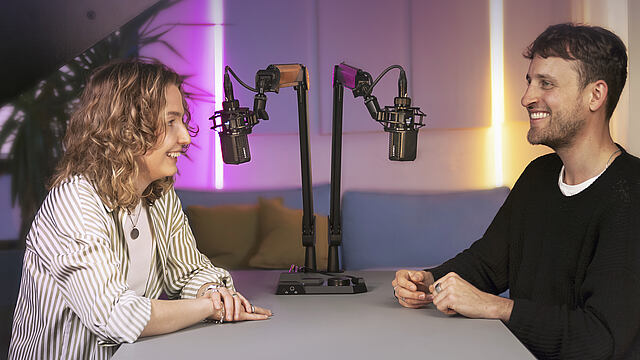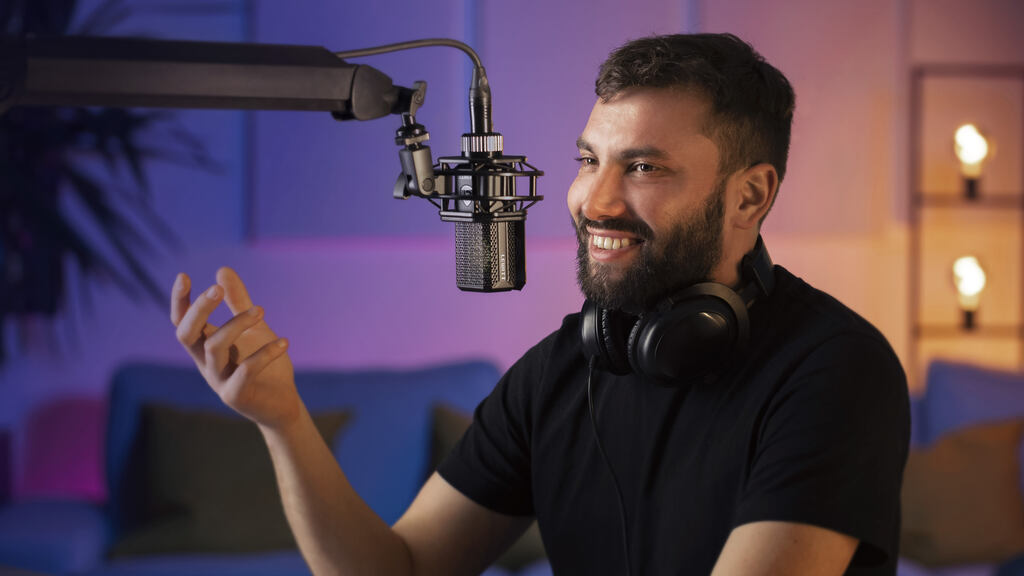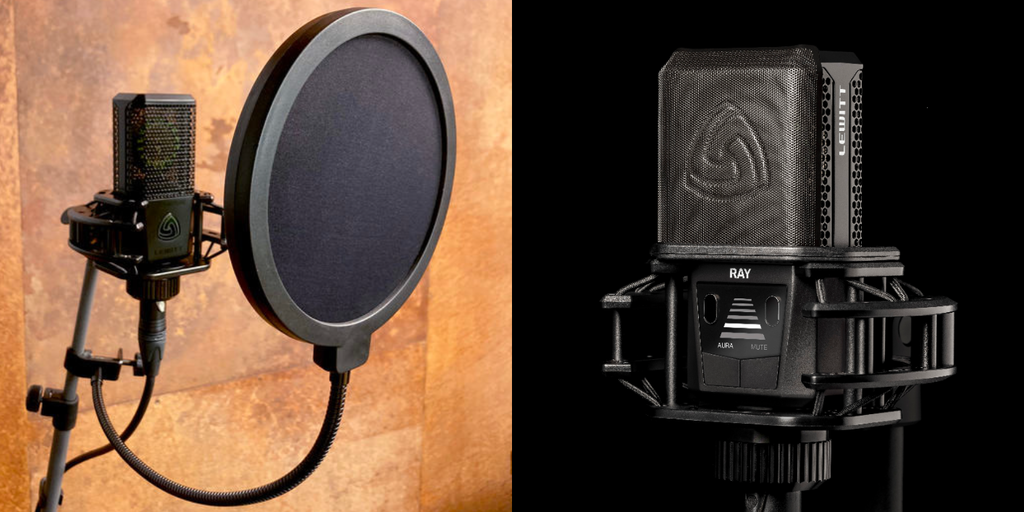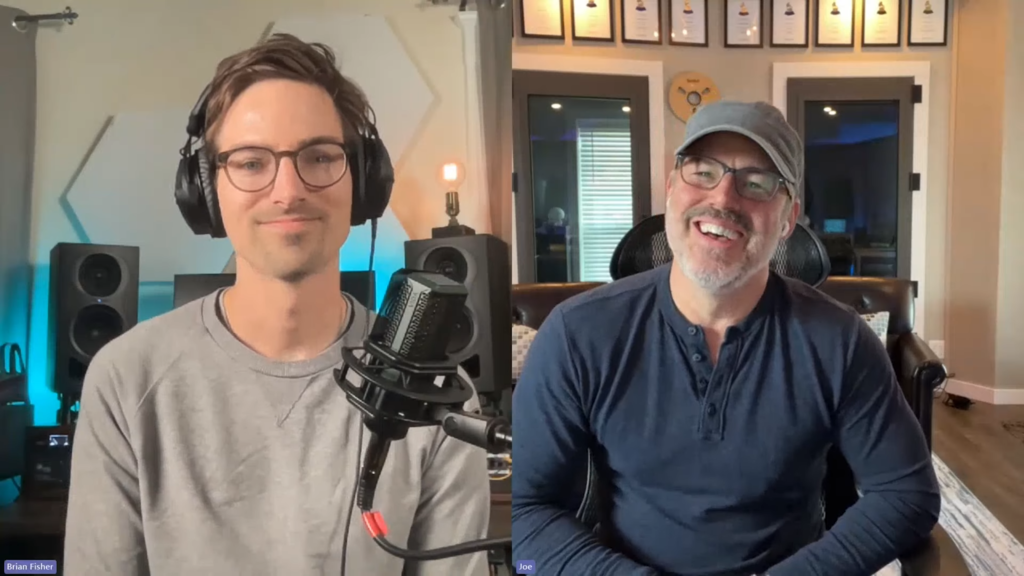
Blog
True love for great sound unites us.
Blog
True love for great sound unites us.

Podcasts are continuously growing in 2025.
In this article, we will give you a complete guide on what equipment you need to start your podcast.
We can already tell you that achieving professional audio quality is easier than you think.
Your personal voice is the hero of the podcast.
You want to make your message sound clear and comprehensible. Professional voice over artists use studio condenser microphones for their work and I recommend doing so too when you do podcasts.

The only “downside” is that you need an audio interface. Professional condenser microphones need an audio interface to record your voice to your computer. The same is true if you are using a dynamic microphone.
The big plus: the XLR microphone/audio interface combination gives you more flexibility, better controls and sound quality.
If you already own a dynamic or USB microphone, you can of course use it for your first episodes, but if you are already sure that you want to invest to impress than I recommend to go for a condenser XLR microphone from the beginning.
XLR is THE studio standard connector for professional audio equipment.
Further readings:
Our microphone recommendations
You can save a lot of time learning to use a microphone properly. And you will heavily increase the quality of your podcast with that skill.
Here are the most important things to consider:
Using a shock mount and pop filter is always recommended.
A shock mount is needed to dampen bumps or other structure-borne noise, especially when the microphone is placed on a table.
You can and should use a pop filter to reduce plosives (P-s, T-s, and K-s) when recording vocals, podcasts, voiceovers, streaming, etc.

Another (additional) way to deal with plosives is to avoid speaking directly into the microphone but slightly below or above it.
Further readings:
Keeping a consistent distance to your mic while recording yields better-sounding results.
A rule of thumb is to keep about 15 cm distance to the microphone.
If that sounds too restricting, we have developed a microphone with autofocus for your voice. It measures the distance from the microphone and adjusts the tone and level of your voice automatically. Check out more about RAY and the autofocus feature on the product page.
RAY uses autofocus to automatically adjusts your level and tone
Audio interfaces open the door to professional sound quality. They connect to your computer via USB and most commonly give you the following options:
Most audio interfaces are catered towards musicians, but some also towards podcasts.
We offer an audio interface that puts usability first - CONNECT 2
CONNECT 2 - the most user-friendly audio interface
Advantages of CONNECT 2:
Once you use an audio interface, you may want to use software to record your voice on your computer.
Audio software for recording and editing is called DAW - Digital Audio Workstation.

What a DAW can do for you:
Of course, there is much more you can do with a DAW, but these are the essentials to get your podcast going.
If you are a Mac user, you can start using Garageband at no extra cost.
For PC users, Audacity is the most popular free option.
With headphones on, you'll have more control over the quality of your recording, especially when you are monitoring your voice.
It also helps you become a better microphone user and speaker. Headphones can help to improve your focus because you are acoustically more isolated from the rest of the world.
If you invite guests over a call, headphones are also mandatory.

Before you record your podcast, always put on your headphones, set the proper gain on your audio interface for your voice, and listen to the background. Check for any noises, maybe from outside, from inside your place, or from your computer, that might degrade your recording.
Don’t overthink it for recording. 44.1 kHz is CD quality and will be ideal for most podcasts.
Regarding publishing, export your recordings in lossless quality like WAV or FLAC
Spotify and Apple Music for example will convert your recordings automatically, making them accessible to users with different internet connectivity.
Another thing you might want to consider is the community aspect of your channel.
Keep your uploads consistent and interact with your listeners as much as possible. Your community can be inspiring, and considering people’s requests when deciding what episode to create next is always a good idea. Go through all comments and evaluate the helpful suggestions people leave.
Furthermore, try not to feel discouraged if you don’t get too many listens and subscribers right from the beginning.
Building a community takes time, and there are many podcasts out there.
It can help to imagine the people who listened to your podcast as an audience in front of you, and you’ll realize that even fifty people are a lot!
We have created a list with our favorite audio-related podcasts, which you can find here.
Have fun creating yours.